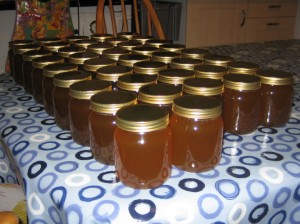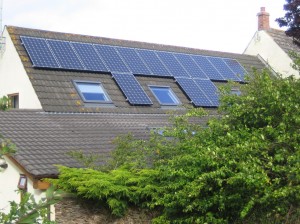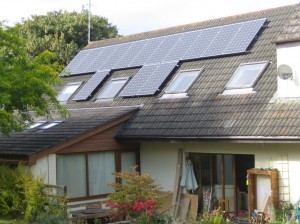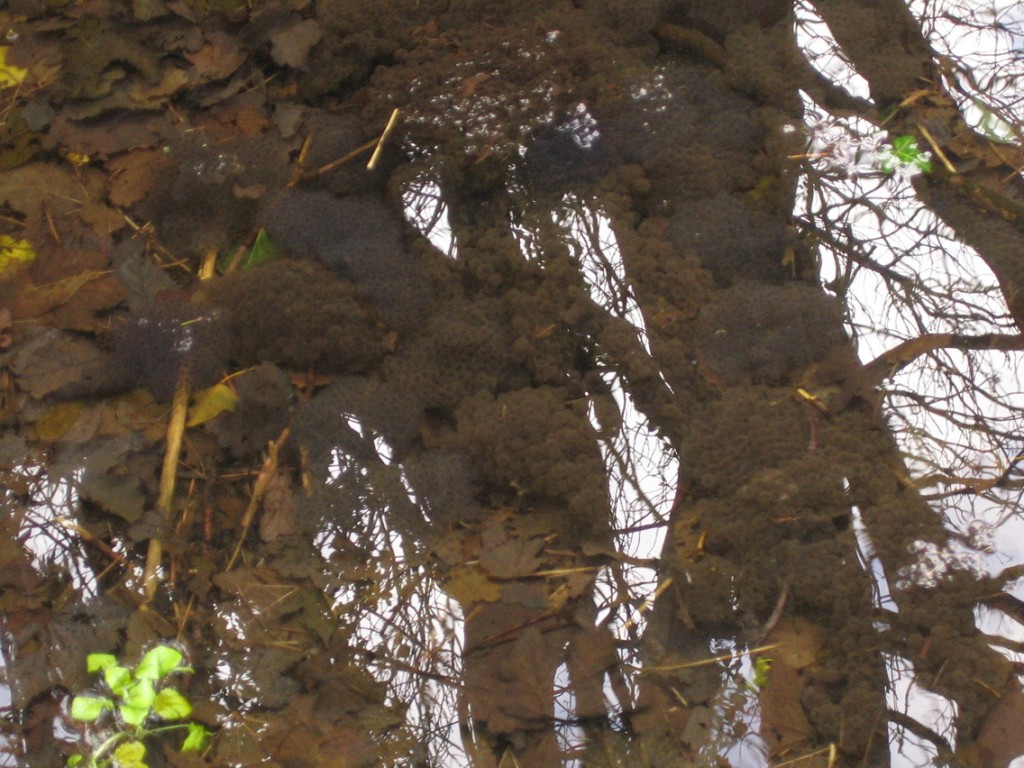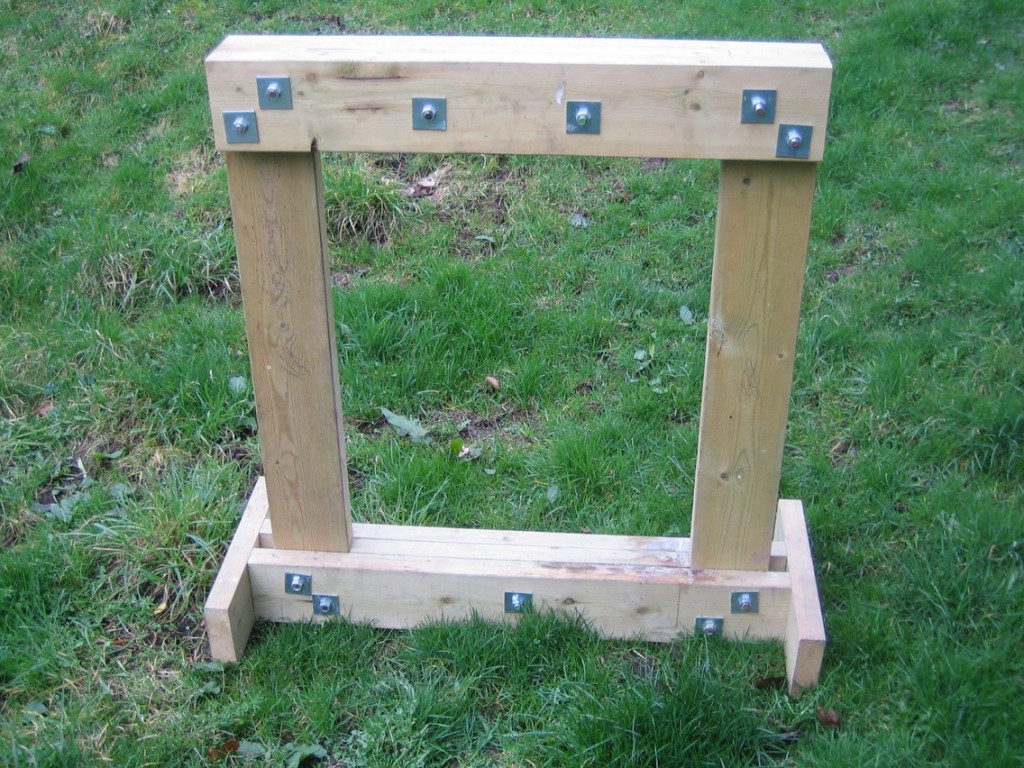We’ve had the occasional clear night since May, but mostly when the moon was very close to full, leaving little to observe except the moon itself, but last night was the first time I’ve been able to spent a significant amount of time looking at DSOs for more than three months.
Unfortunately my wife was out and I was looking after the kids so I had to stay near the door which meant that I couldn’t look for some of the Messier objects low on the southern horizon as I’d hoped because of the trees, but I did at least have time to spend hunting for those slightly higher in the sky in Ophiucus, the higher part of Sagittarius and Scutum.
Ophiucus was up first, and my lack of practice showed as I too about fifteen minutes to find M10 and a further five to realise that it was actually M12 It wasn’t all bad though as I estimated the position of M14 based on a couple of stars (“hmm, it looks about 2/5 of the way between these two…”), put the red dot on the spot and there it was, bang in the middle of the EP.
The bad news is, I’m afraid, that M107 has disappeared. I star-hopped down from zeta Ophi and found a little “arrow” asterism that has M107 hanging off the bottom end of the arrow head. Only it just wasn’t there. I tried all sorts of magnifications, averted vision, nudging the scope, but I just couldn’t find it. It’s gone.
Moving around I quickly found M26, but “star” (as it were) of the night was the Wild Duck Cluster. I spent ages looking at it trying to see more detail and it seemed to take magnification well. As impressive in its own way as, say, M13, I thought.
The moon was washing out a fair bit of the sky by this time, so I fought with the AZ3 until it would hold the ST120 roughly vertical in a steady position and found M29 in Cygnus, but the view wasn’t great so I’ll come back to that another time.
Since it was there and as I’ve actually had very little opportunity to look at it when it’s been anything other than full, I spent a good three quarters of an hour exploring the moon and finding a few more of the Lunar 100. Once there are some shadows it really is amazing how much detail it’s possible to see. I can kind of understand why people think you should be able to see the stuff left behind by the moon landings. At 100+ magnification it just feels like you could reach out and touch it. I had to keep reminding myself that those features that look really tiny and can only just be made out are actually very large. It’s easy to lose all sense of scale.
I rounded off the night by having a quick look at Jupiter, but perhaps there was some light cloud low on the eastern horizon as it appeared very mushy. Having had such a good evening thus far I decided there was no point spending further time on it and called it a night.
Here’s hoping it’s not another three months until the next one…

